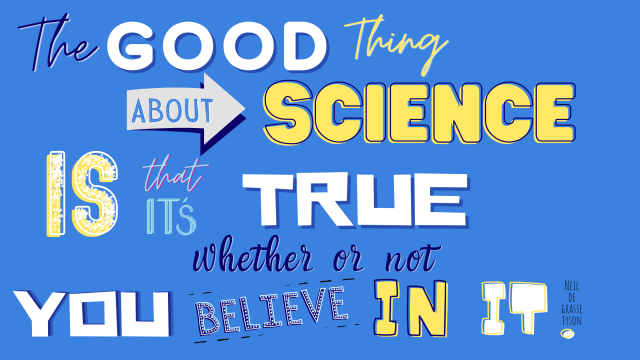 I’ve made it clear in past posts just how amazed I’ve been by the differences we’ve seen with my children & the children of friends thanks to The Morris Center. The NOW! (Neurodevelopment of Words) programs have changed their lives, and I am so grateful we made the sacrifice and took the leap to come here. I know my kids’ futures are brighter and that they will leave here believing they are capable of so much more than they ever dreamed. This place truly is a hidden gem that is changing lives for so many. But, not enough lives.
I’ve made it clear in past posts just how amazed I’ve been by the differences we’ve seen with my children & the children of friends thanks to The Morris Center. The NOW! (Neurodevelopment of Words) programs have changed their lives, and I am so grateful we made the sacrifice and took the leap to come here. I know my kids’ futures are brighter and that they will leave here believing they are capable of so much more than they ever dreamed. This place truly is a hidden gem that is changing lives for so many. But, not enough lives.
My heart aches for the kids that aren’t receiving the level of intervention that we’ve had. I know quite a few families just at my school district that desperately wish they could follow in our footsteps and move to Ocala, Florida. People that want exactly what I want for my kids. They want their children to have the very best chance of finding success in learning. They don’t like seeing their kids struggle and want to make learning easier for them. They want to see their children grow in learning and gain confidence in their own abilities. But as much as they want the very best for their kids, they simply cannot move to Florida. They aren’t in the position to relocate temporarily. Realistically, who is???? It’s absurd to hit pause on life at home and move to another state for a few months. Who can do that? We are one of the lucky few families (some probably would label us as ”extremists”) that have been able to do this, but I won’t say it was easy, financially or otherwise. While I am happy my kids have been given this opportunity, I’m equally sad that so many others don’t have the same opportunity. It’s not fair to them. And, as a person that has witnessed first-hand how much this program is helping, it breaks my heart to know this program isn’t even an option for so many.
Why is that? Why can’t other kids receive this level of intervention locally? Why did my kids have to uproot their lives, leave their dad & brother behind, miss their summer break and move half-way across the country to receive what all children deserve? It’s not right and it’s not fair.
So what’s the deal? If this is “so life-changing,” why hasn’t every school in America jumped on the opportunity to provide this for their students? I mean, this isn’t a new program. This is not just a program that uses strategies related to the science of learning. This is a program with CLINICAL RESEARCH. It’s has 25 years of evidence-based research to back it up! Seriously, you can see it all for yourselves. So why is it not stream-lined in our education system?
I have some thoughts….
Now, full disclosure…. I am in no way an expert in the field of education or learning. I have no intent to “bash” any other program or its’ methods. I am just a mom wanting the best for my kids. A mom who found a program that I believe in, with scientific data to back their claims of success. I haven’t found that in any of the other programs I have researched. And as I advocate for my own kids, I can’t help but want the same for others.
- The Morris Center NOW! Program is hard to wrap your head around. More specifically, the program is so involved on so many levels. The intertwining of the trans-disciplinary approach seems impossible to put into words without seeing it first-hand. For this reason, I think it’s intimidating to the “decision-makers of education” to fully take on understanding the program completely. You know, “it sounds too good to be true…”
- This program would be impossible to replicate in a school setting. There is no way to offer what we are receiving here to an entire school. For that reason, it would be easy to write off as “impossible.” But hold on…..stay with me…..
Going back to my own kids. Cannon is entering 7th grade and Avery, 4th grade. They’ve been diagnosed with dyslexia for 3 years, but they’ve been dyslexic since birth. They’ve both faced struggles with learning since the very beginning. We first noticed something was wrong with Cannon in 1st grade. He’s been receiving intervention since the Fall of 2nd grade. Each of these programs cost the school money and the after-school tutoring cost us money. Now he struggles with anxiety, which required medication. I’m hoping that life will look different for him when we get back home. He won’t need the interventions and the anxiety will diminish as he finds learning to be less challenging. It’s the start of 7th grade and his 8th year of school and we are just now getting to the place I wanted him to be from the beginning. Wouldn’t it have been nice for him not to have all these hardships from the beginning? I wish we could have found The Morris Center earlier!
It bothers me that the NOW! programs aren’t available everywhere and I’ve expressed this to Dr. Tim Conway multiple times. Every time he just nods his head in agreement. You see, he has tried for 30 years to get this into the education system with no success. That must be so defeating. Yet, he continues to pour into this program and his mission to help kids and adults who struggle with learning disabilities. Through our conversations, I’ve learned about Dr. Conway’s own struggles with dyslexia. He told me he was lucky to receive this program at the age of 4 so he didn’t have to struggle to learn. WAIT A MINUTE! Did he say 4? How? And why didn’t we think of that??? (Had I known my kids were dyslexic at 4, I wouldn’t be writing this blog).
More discussions with Dr. Conway gave me more insight into his mission. Already, he’s offering the NOW! Programs online through e-tutoring. This is just another way to offer help to more people across the world. He’s in the process of helping launch a state-of-the-art clinic in Birmingham, Alabama at Alabama Game Changers. This clinic will be able to provide services to more clients than TMC at once and will have a pre-k “classroom” to reach kids early, proactively. Dr. Conway is proof that early intervention works. If the NOW! program was followed as part of the Pre-K curriculum, so many children could avoid the challenges of learning. If you go to the NOW! website you can read more about all of the programs. Here’s what it says about the NOW! Foundations:
Students become conscious of the mouth actions that produce speech sounds. This awareness allows for the verification of sounds within words and enables individuals to become self-correcting in reading, spelling and speech.
Students use a multisensory and kinesthetic approach to sounds – not only do they discover how to produce sounds, but they are given several dimensions to express them. They will be able to make the sounds, describe how they made them, identify the sounds from a visual representation, and then organize sounds in a systematic way according to how the mouth produces them.
NOW! Foundations’ emphasis is not on conventional reading and spelling; students instead focus on feeling what the mouth is doing while making individual sounds. Students improve their phonological awareness and phonological processing skills by not only feeling the changes in the sounds of different words, but being able to generate them on their own.
My heart wants to burst when I think of the possibilities! If schools implement this at the pre-k level, think of how many children will begin Kindergarten with the right foundations for learning. This program can be utilized by all students, not just those with learning disabilities. Sure, some kids will still need interventions and additional services. But there are quite a few that won’t. (Dyslexia has varying degrees of severity). These children won’t struggle to learn and will be better equipped to handle the normal challenges of school. Their mental health would also benefit from this early intervention since so much of anxiety and depression can be linked to learning challenges. To me this is a win-win for all parties. Schools want to see their students succeed. They want them to score well on standardized testing (don’t get me started on my opinions on testing). They want to provide the best possible environment/curriculum for learning. Unfortunately, funding is a big deciding factor when it comes to this. In the long-run, I would think the NOW! program would be well worth the investment for school districts. Early detection and intervention has been proven to be ideal. Identifying children early means better results. Better results means less intervention over time, hence less money the education systems have to pay for interventional programs/services. If the education systems want the very best for the future leaders of our country, they need to provide them with the best possible chance to learn at their full potential. My kids deserve it, your kids do too….. All kids deserve the very best. The answer is here……..it’s time to take notice!

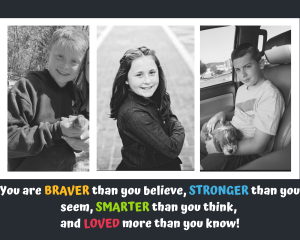

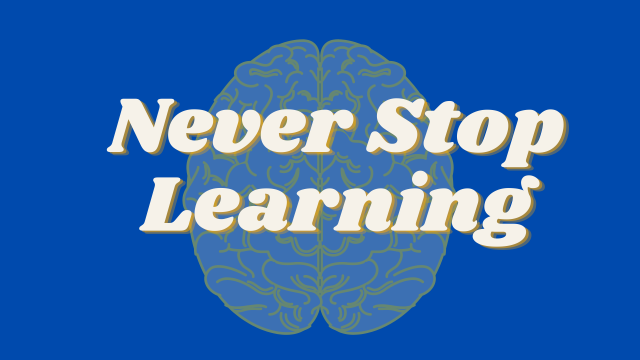
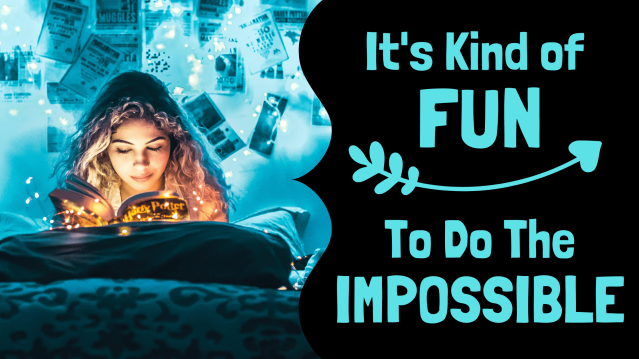

 I’ve made it clear in past posts just how amazed I’ve been by the differences we’ve seen with my children & the children of friends thanks to The Morris Center. The NOW! (Neurodevelopment of Words) programs have changed their lives, and I am so grateful we made the sacrifice and took the leap to come here. I know my kids’ futures are brighter and that they will leave here believing they are capable of so much more than they ever dreamed. This place truly is a hidden gem that is changing lives for so many. But, not enough lives.
I’ve made it clear in past posts just how amazed I’ve been by the differences we’ve seen with my children & the children of friends thanks to The Morris Center. The NOW! (Neurodevelopment of Words) programs have changed their lives, and I am so grateful we made the sacrifice and took the leap to come here. I know my kids’ futures are brighter and that they will leave here believing they are capable of so much more than they ever dreamed. This place truly is a hidden gem that is changing lives for so many. But, not enough lives.
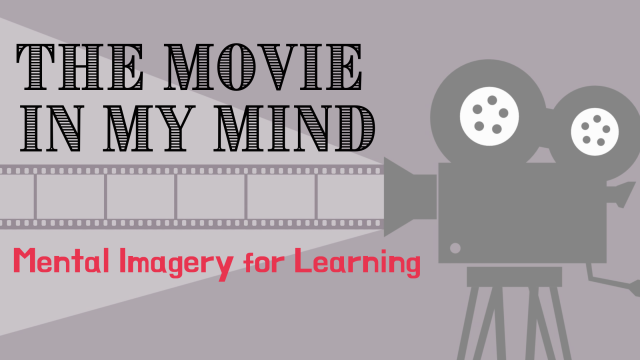 If you’ve ever been to Wrigley Field in Chicago, just the mention of its name will bring vivid images to mind. I can see it clearly. I’m standing in the middle of an urban neighborhood. No huge parking lots, just a ballpark tucked between buildings. Crowds of people are gathering in the streets and stopping to take pictures in front of the red marquee located at the home plate entrance. As I enter the stadium, I pass by the concession stand with a long line of patrons waiting to purchase their favorite ballpark food. There’s a little girl wearing a red shirt with an American flag on the front and she’s holding an ice cream cone. I continue walking forward shoulder-to-shoulder with a sea of people around me. I finally get a glimpse of the diamond-shaped field and take a quick scan around the stadium. There’s an umpire dressed in black standing behind the white home plate and there are baseball players in white uniforms and red hats warming up at every position on the field. To the right I see a row of baseball players from the St. Louis Cardinals organization leaning against the fence of the sunken-in dugout . I take in the immaculately manicured grass mowed, quite impressively, to resemble a checkerboard.
If you’ve ever been to Wrigley Field in Chicago, just the mention of its name will bring vivid images to mind. I can see it clearly. I’m standing in the middle of an urban neighborhood. No huge parking lots, just a ballpark tucked between buildings. Crowds of people are gathering in the streets and stopping to take pictures in front of the red marquee located at the home plate entrance. As I enter the stadium, I pass by the concession stand with a long line of patrons waiting to purchase their favorite ballpark food. There’s a little girl wearing a red shirt with an American flag on the front and she’s holding an ice cream cone. I continue walking forward shoulder-to-shoulder with a sea of people around me. I finally get a glimpse of the diamond-shaped field and take a quick scan around the stadium. There’s an umpire dressed in black standing behind the white home plate and there are baseball players in white uniforms and red hats warming up at every position on the field. To the right I see a row of baseball players from the St. Louis Cardinals organization leaning against the fence of the sunken-in dugout . I take in the immaculately manicured grass mowed, quite impressively, to resemble a checkerboard.